Porsche is close to a radical reinvention as it prepares to electrify its entire lineup, with four new models – Porsche Macan, Porsche Cayenne, Porsche Boxster and Porsche Cayman – arriving from 2024.
These EVs, released along with petrol equivalents, feed into Porsche’s goal of 50% of its sales having electrified powertrains by 2025, with 80% being pure-electric by 2030. However, making EVs is counterproductive if their manufacture incurs damage to the environment, so Porsche now has another target: to make its entire supply chain CO2-neutral by 2030.
Here’s how it’s leading the charge to net zero.
Using new forms of energy
Porsche’s energy strategy comprises two key tenets: exploiting only sustainable energy sources and reducing how much it uses. The former has meant a switch to renewables at the Stuttgart factory, which has slashed its annual CO2 output by 90,500 tonnes.
Using biogas has been less transformative but has reduced CO2 by a further 42,300 tonnes. Changes inside the factories are more novel: regenerative braking has been added to the autonomous guided vehicles carrying parts on the factory floor, boosting their efficiency.
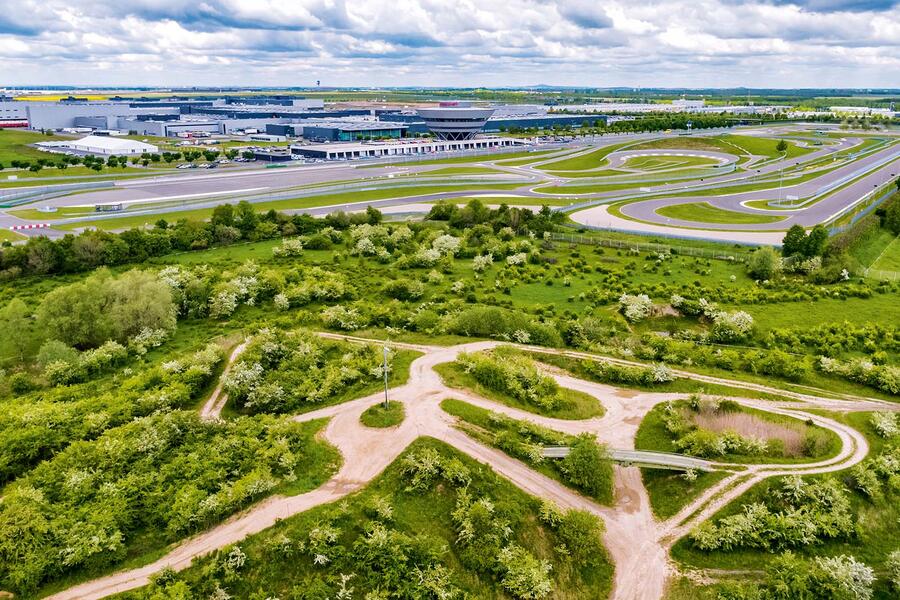
The old-school approach
Porsche’s environmental drive is not a response to cultural trends over the past decade but has been in motion since the turn of the millennium. When an old military test facility near Leipzig was chosen to house a new factory for Cayenne production in 1999, the company gave itself three years for construction. The base had been used since the days of the German Empire, and to break ground the firm first had to clear almost a century of old munitions.
At this point an ‘old-school’ approach to conservation was set in motion, explained Porsche environmental and energy management boss Anke Höller. Some 326 acres of the 740-acre facility were designated as an “ecological compensation area” to help offset the environmental impact of the factory – a novel concept at the time.
Today, the zone houses Exmoor ponies, Heck cattle and 50 honey bee colonies, and it attracts 138 bird species.
The facility is also used to educate the next generation. Children aged seven and up are offered safari tours around the factory grounds. “It’s important that we teach children how to engage with nature and the environment in a responsible and sustainable way from an early age,” said Thomas Schmidt, former Saxon state minister of the environment and agriculture.

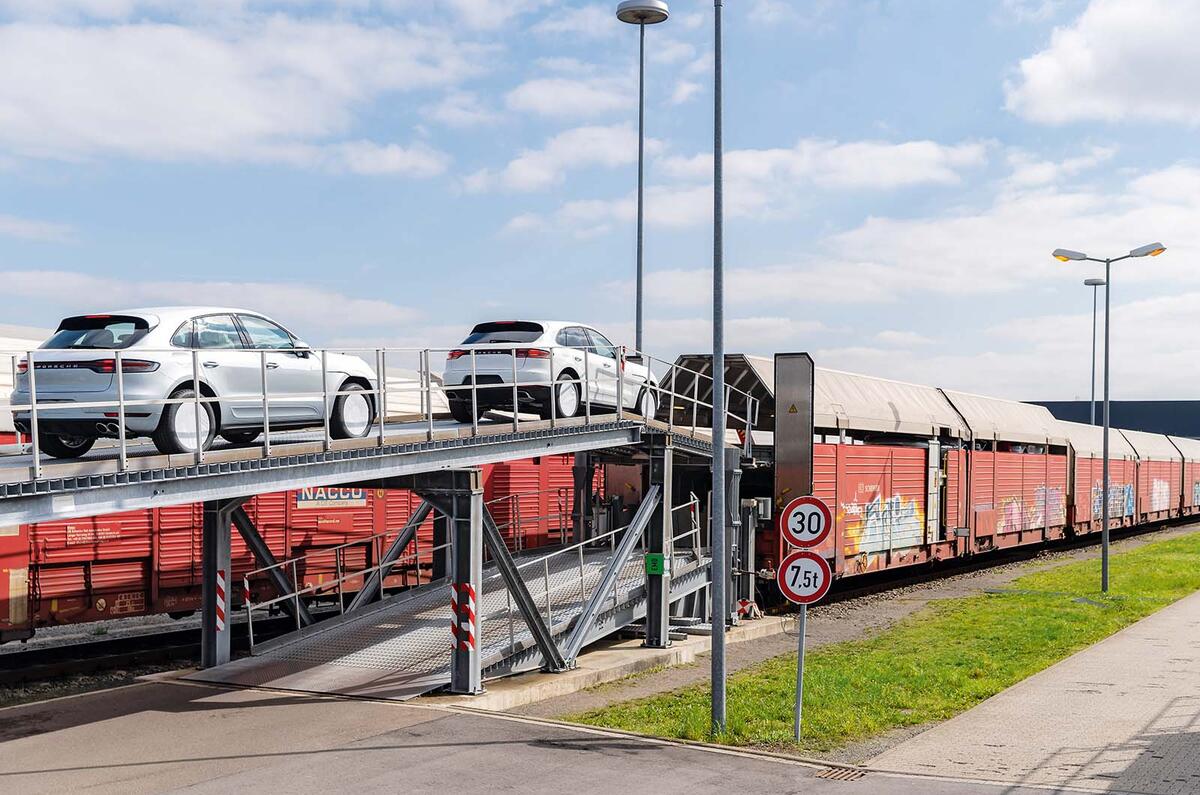

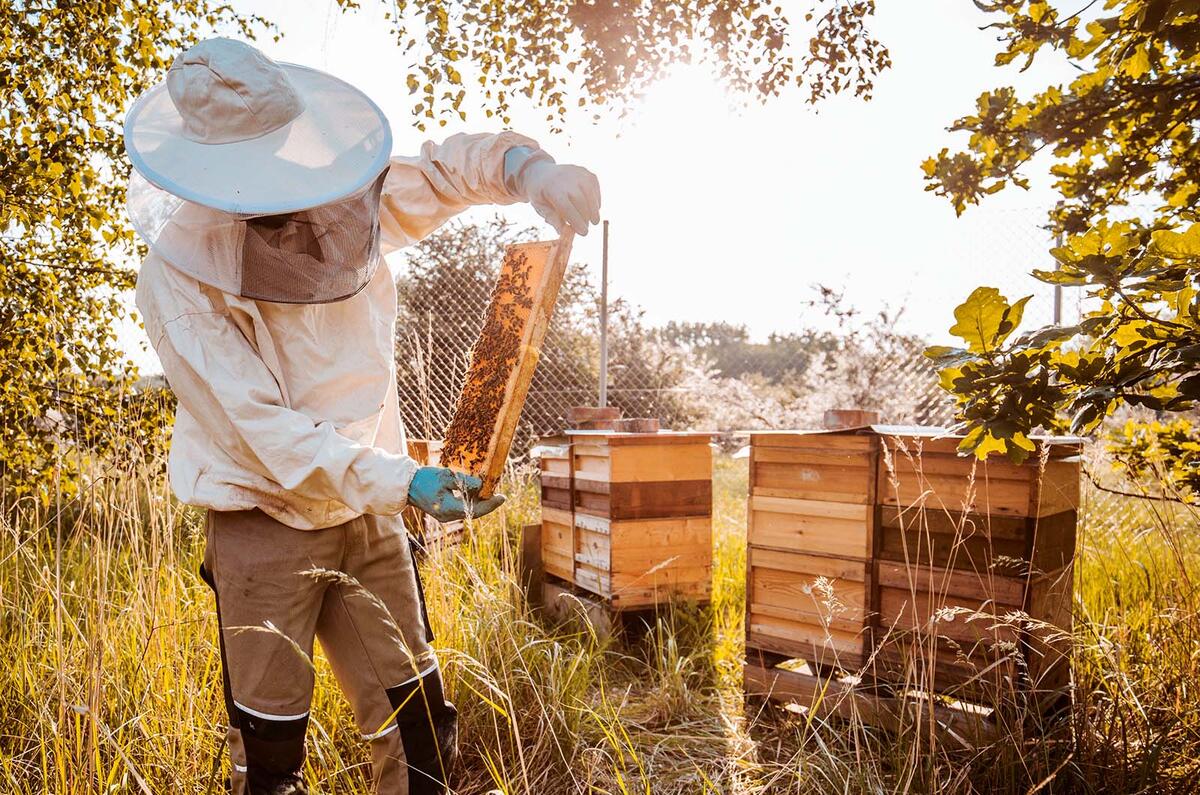
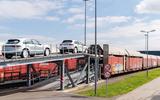

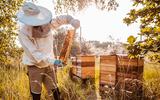

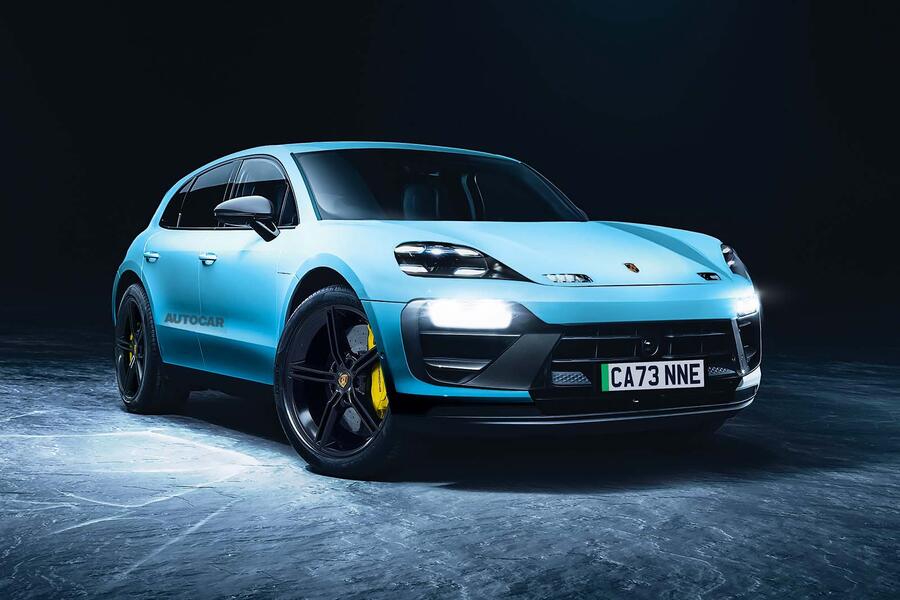
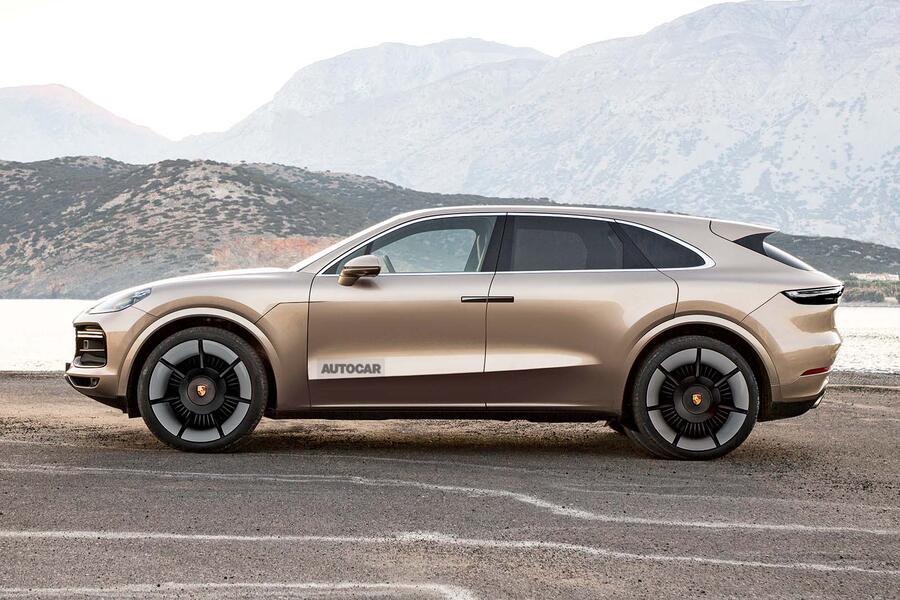
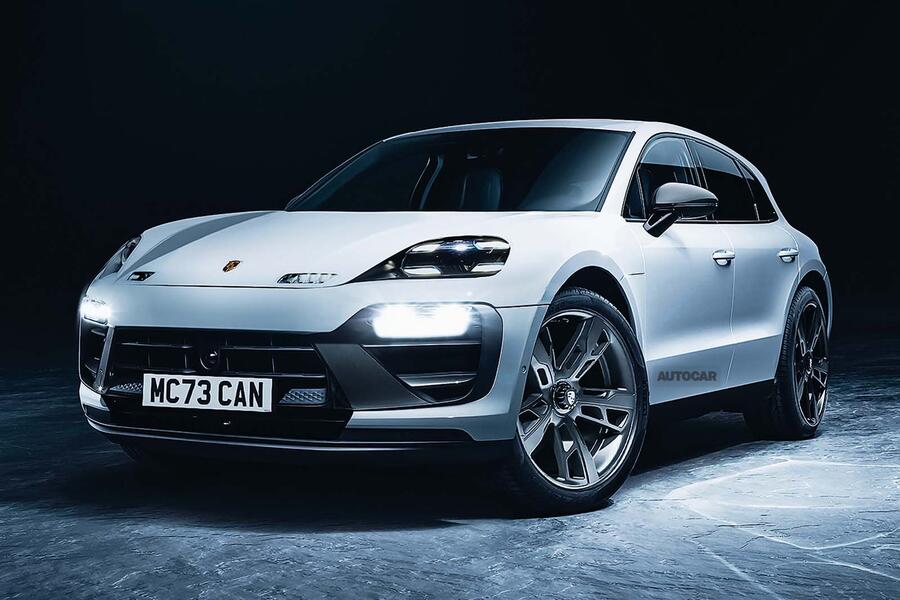
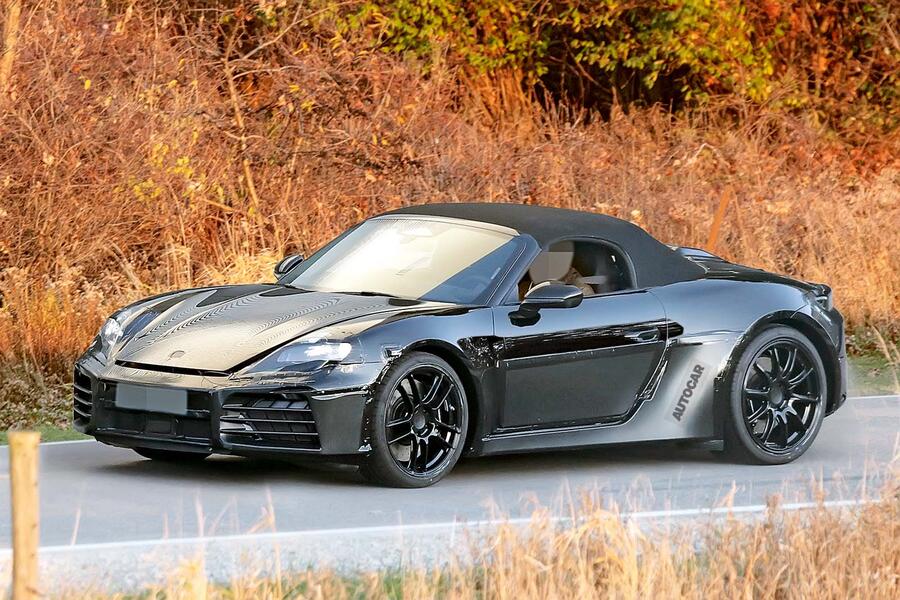




Join the debate
Add your comment
Some kafkaesque rules have lead to this situation for the motor industry no doubt.
Great to hear but what they should really do is create a good to drive, compact, lightweight (relatively) 4 seater premium e-vehicle that is desirable yet uses less resources to build and power the thing. You can be as green as you like but when your main vehicle is a large 2.5 tonne electric SUV moving just 1 person 90% of the time it kind of misses the point....